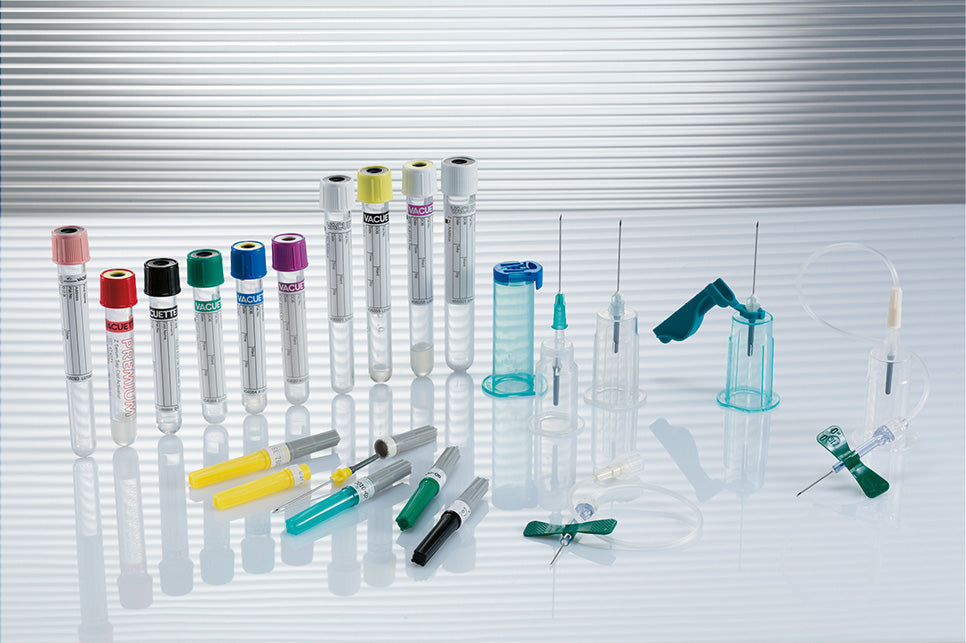Original content provided by Greiner Bio-One.
Patients suffering from needle phobia are not uncommon with an estimated 10% of the population suffering. It will neither be possible nor is it the aim to “cure” all patients of this phobia, but with the right product choice, a healthcare professional can make the experience as pleasant as possible. Whether your patient is a young child accompanied by a concerned or stressed parent, an adult who is uncomfortable around medical tools and equipment, or an elderly patient suffering from dementia with little understanding of what's happening, the variation in patients means that its vital to make the right product choice that fits best for the patient, their vein condition and the situation.
Preparing the Patient
An important initial step before preparing the patient when it comes to safe blood collection is the thorough evaluation of the vein conditions so that you can appropriately select the best product for successful venepuncture and subsequent good blood flow for a quality blood sample.From feeling and visually observing the vein, the information should be sufficient to make an informed choice about how to proceed, i.e., what needle gauge is appropriate, is a blood collection needle viable or should other options such as a winged safety blood collection set be considered?
Understanding Your Patient
As young children tend to have thinner, more fragile veins, if the needle diameter is too big, it could cause damage to the veins and may be painful. A child in pain is distressing to the parent or caregiver, which can quickly lead to an unnecessarily escalated situation. In many cases, you may need to take a capillary sample, even if just a small volume for clinical chemistry, haematology or glucose testing.

